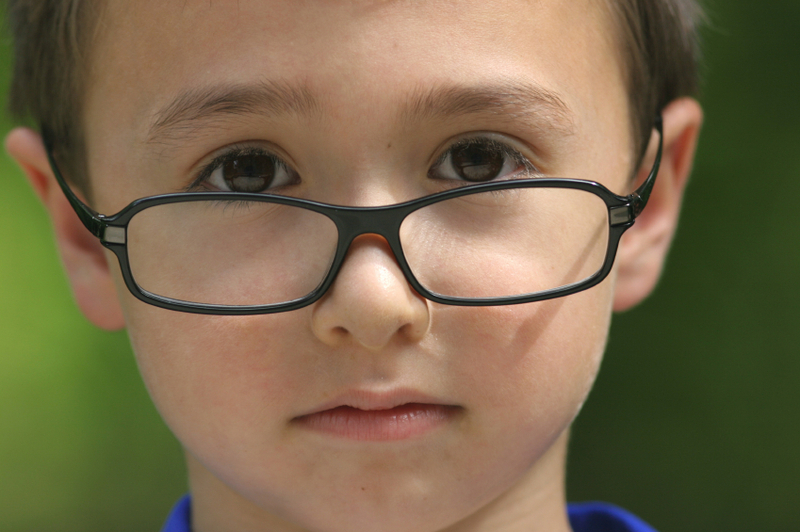 PURPOSE:
PURPOSE:
To indicate the relationship between constant, correct use of hyperopic spectacles and relaxation of accommodation in children.
METHODS:
After thorough ophthalmic examination (cycloplegia included), 52 children 2.5 to 9 years old were detected with hyperopia >3 D, out of all examined within a year. These children were fully or partially corrected, with hyperopic glasses, depending on whether accommodative esotropia was or was not present. Constant and correct use of spectacles was strongly suggested to all children. During follow-up 3 and 6 months later, the amount of manifest hyperopia was measured in each case by an autorefractometer (without the use of cycloplegic factor).
RESULTS:
Out of the 52 children, 37 who participated in our study fully complied with hyperopic spectacle treatment, wearing their glasses constantly and correctly. The 15 others wore their glasses partially or not at all or made incorrect use of them. During follow-up 3 and 6 months later, refractive measurements of manifest hyperopia in the first group of children were identical or similar to the refractive power of their glasses. On the contrary, in the second group of children, strong accommodation did not allow the expression of hyperopia, and in a few cases myopic refractive measurements appeared (similar to those on the first examination, before spectacle treatment was prescribed).
CONCLUSIONS:
Constant and correct use of hyperopic spectacles leads to relaxation of accommodation in children and is thus an accurate indicator of compliance.
